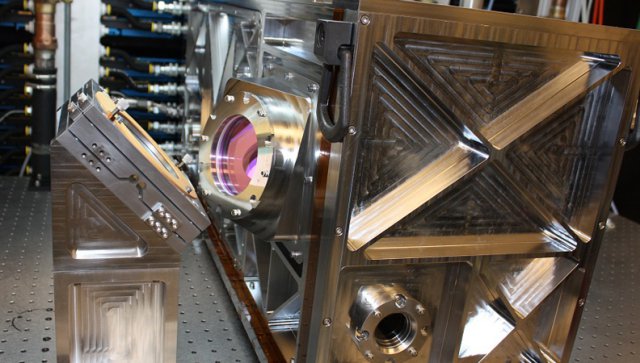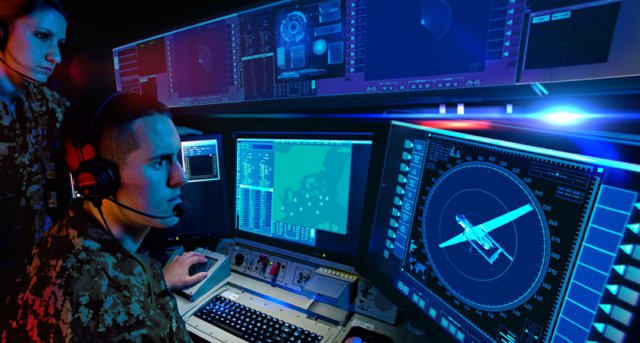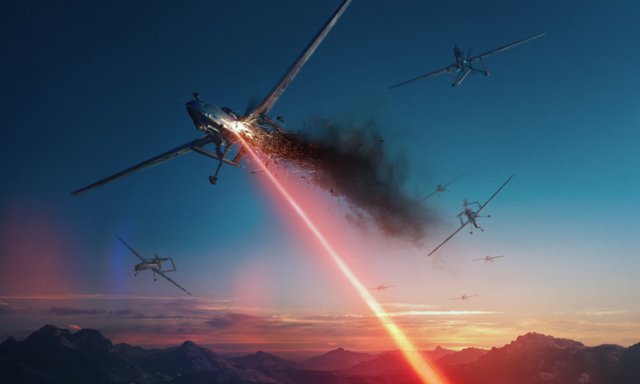engineers are collaborating with customers and academia to research, develop and implement the technology that will detect and defeat swarms.
“We are currently developing a 60-kilowatt system that combines multiple fiber lasers to generate the high power weapon beam,” said Rob Afzal, senior fellow with Lockheed Martin’s Laser and Sensor systems division.
Because the system relies on many modular fiber lasers, it is easily scalable to meet different levels of power. With this parallel approach, there is no single point of failure that will compromise the laser’s power and functionality – as long as power exists. The laser weapon system can fire over and over, essentially creating an unlimited magazine of ‘bullets.’

The fiber lasers that comprise the 30-kilowatt ALADIN laser are under production at Lockheed Martin’s Bothell, Washington, facility.
Contrary to popular belief, the laser is actually invisible to the naked eye. Once it starts up, it is steadily sent through a beam control system that ensures it can accurately aim, target and destroy the threat – at the speed of light.
Our high power laser approach operates with an efficiency that generates less heat and can be contained in smaller packages than previous laser technology, said Afzal, which means it can serve on board multiple platforms.
Detect: First, the communications and battle management system would detect the threat and begin to track the drones, triggering a ‘kill chain’ to begin its execution.
Identify: As part of the kill chain, operators would monitor the progress of the targets, and identify whether they are friendly or unfriendly.
Defeat: To defeat the threats designated as “unfriendly,” troops would activate the laser weapon system, using its beam director and turret to aim in all directions.

Operators will be able to detect, track and identify drone threats using a communications and battle management system before calling upon the laser weapon system to defeat the threat
“As we prepare this critical technology for the future, we’re already demonstrating the potential of laser weapon systems to take on new threats,” said Paul Shattuck, director and chief engineer of directed energy systems at Lockheed Martin Space Systems.
Through internal research and development, Lockheed Martin engineers developed the Area Defense Anti-Munitions, or ADAM, prototype, which has successfully defeated small boats and rockets, while the Advanced Test High Energy Asset, or ATHENA, system has stopped drones and a truck in their tracks.
Today, U.S. forces are making initial efforts to integrate laser weapon systems into their platforms and weapon arsenals. This year, Lockheed Martin will supply the U.S. Army with a 60-kilowatt laser to mount on a large modified truck. The ground-based laser weapon system will be used to destroy rockets, artillery, cruise missiles, drones, and other trucks or ground vehicles.
“Ultimately, we’re working toward a solution where our customers can integrate these systems onto aircraft, ground vehicles and ships,” Shattuck said.
Source: Press Release


